
All categories
Featured selections
Trade Assurance
Buyer Central
Help Center
Get the app
Become a supplier

(430 products available)










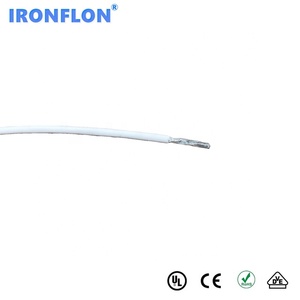



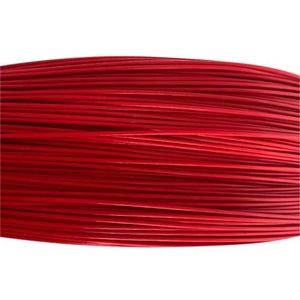
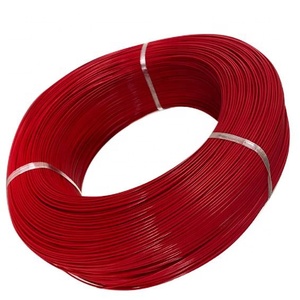
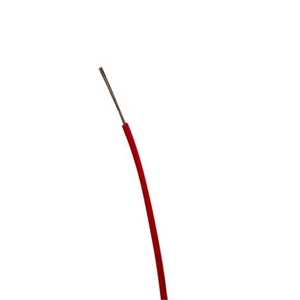














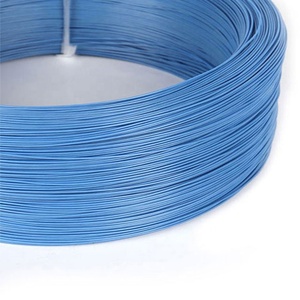





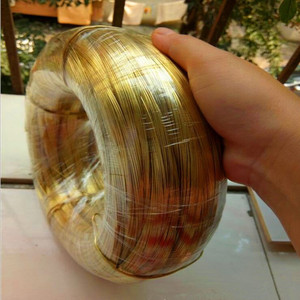

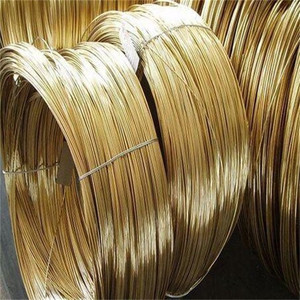



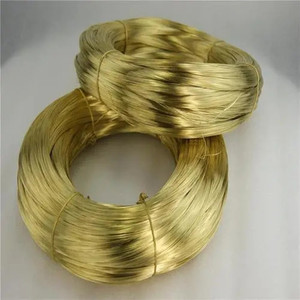
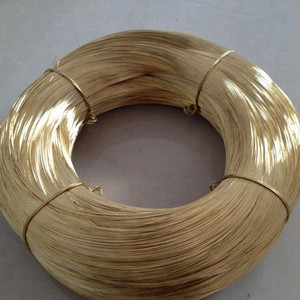


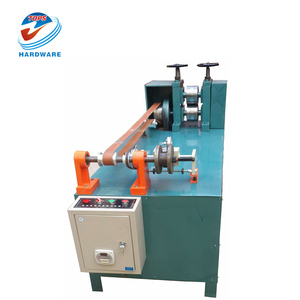
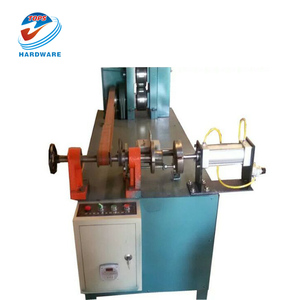



A copper wire flattening machine is designed to reduce the diameter of a length of copper wire. Several types of machinery can perform this function.
Drawing Machines
A common method of producing thin wires of metals is through wire drawing. Wire drawing involves pulling copper through a series of stationary dies. Each die has a precisely shaped cavity that reduces the diameter when the wire is pulled through it. Drawing machines produce copper wire of varying thicknesses, which can be further processed if required by customers.
Rolling Mills
A rolling mill flattens copper wire or rod into sheets or strips of copper. The wire is fed through rollers that compress and elongate the wire into the desired shape. Some mills are automated and can be set to produce specific dimensions. Like the wire drawing machinery, a rolling mill can also be used to produce copper that is alloyed with other metals, like silver or tin.
Stamping Machines
A stamping machine can flatten copper wire into various shapes or forms using a die. When the wire is placed into a stamping machine, it is compressed into the desired shape. Stamping machines can also be used to produce a large volume of flattened copper wires in a short time. The disadvantage is that this method is generally not suitable for making customized shapes.
Extrusion Presses
An extrusion press uses die molds to produce flat copper wire from heated copper blocks or billets. The copper is heated until it becomes pliable and is then forced through molds that shape it into flat wire. The advantage is that an extrusion press can produce custom shapes. However, if the wire is the end product, the process can be costly.
Laser Cutting Machines
A laser cutter can be used to cut copper into different patterns and shapes. The laser burns and removes excess copper to produce notched or patterned copper wire. Laser machines have high precision and can produce complex designs, but they will not be able to produce large quantities of copper wire.
Specifications regarding copper wire flattening machines will vary depending on the design, manufacturer, and intended application. Below are some key specifications buyers should look out for when purchasing wire flatteners.
To ensure the wire flattening machine works optimally and has a long lifespan, it is important to perform regular maintenance. Below are some general maintenance tips for wire flattening machines.
The copper strand flattener has various applications in industries by serving specific purposes. Here are some of the usage scenarios of the machines:
Reducing copper wire for electrical components:
The machine is used to reduce the thickness of copper wires used in different electrical components. By flattening the wire first, manufacturers can further process the wires and use them in various electrical parts, such as connectors and relays.
Producing copper strips for solar panels:
Solar cells use copper strips to ensure the cell works properly. Copper is an excellent conductive material. Therefore, using copper strips on solar cells can enhance the solar panel's durability as well as its conductivity. This is why copper wire strippers for solar panels have a significant role in the solar energy industry.
Fabrication of busbars for power distribution:
Power distribution systems use busbars as conductive units to transport electric currents. The system mainly works with high-current transmission. As a result, the busbars need to be thick enough to efficiently transfer electric currents. Because of this requirement, flattening copper wires is busbar manufacturers' first step in fabricating busbars for power distribution systems.
Automotive Wiring Insulation Stripping:
Automobile and car parts manufacturers use wire strippers to strip automotive wiring. The job of the machines are to expose the copper wires inside the cables. Then, the copper wires, once flattened, will be worked with other parts of the car. Automobile manufacturers have to ensure the wire strippers can precisely strip the wires without damaging them.
Before purchasing a copper wire flattening machine, buyers should consider several factors.
Production Capacity and Sizes
Business buyers should first determine the production capacity and wire sizes their intended machine can handle. They should consider how much wire they need to flatten weekly or monthly. This research will help buyers choose a machine with a production capacity suitable for their needs. If they have high-volume requirements, it is better to choose machines with higher capacities. Additionally, buyers should think about the wire diameters and widths they typically work with. They should look for a wire-flattening machine that accommodates the specific sizes of copper wire they use to ensure compatibility and effectiveness.
Material Durability
Apart from copper flattening dies, the whole machine requires robust materials to last a long time. Machines made from strong materials like cast iron or steel can withstand daily use. These materials can last a long time without breaking or wearing down. If buyers purchase machines with weak frames or parts, they will break soon. This means buyers have to replace the machines more often, which will cost more in the long run. Choosing flattening machines made with durable materials makes it a worthwhile investment. The machines will serve the business for many years of frequent use.
Energy Efficiency
The operational cost of flattening copper wire is crucial. Buyers should consider how much electricity the machine uses while it works. Machines that use less power help business owners save money on electric bills. This is because they do not consume much energy. Also, energy-efficient machines may use less copper wire because of their precise flattening methods.
Technical Support and Spare Parts
When choosing a supplier, consider their technical support and spare parts availability. In the event of a breakdown, prompt technical support can minimize downtime. Additionally, suppliers who offer readily available spare parts can ensure long-term machine maintenance.
Q1: What is the copper wire flattening machine used for?
A1: The copper wire flattening machine is used to flatten and straighten copper wires. It is commonly used in the electrical and manufacturing industries where copper wire is used for making electrical conductors or other items that require copper's unique qualities.
Q2: What are the benefits of using a copper wire flattening machine?
A2: The advantages of using a copper wire flattening machine are numerous. It allows for the mass production of flattened copper wire, which can be easily braided or woven. Copper wire is worth more when it is flattened, increasing its resale value. Furthermore, it provides a quick and easy way to produce flattened wire, simplifying the soldering process.
Q3: What types of copper can be flattened with a copper wire flattening machine?
A3: In general, any copper wire can be flattened after the machine has been set up for a specific gauge. Most copper wire comes in three shapes: bare, insulated, and low-voltage wire. The best results will be with the bare copper wire, but any copper wire can be used with the right machine.
Q4: What industries use flattened copper wire?
A4: Several industries use flattened copper wire. These include the Electrical Industry that uses it for electrical conductors, the Automotive Industry in making electric vehicles, the Renewable Energy Industry for solar panel manufacturers, the Aerospace Industry in certain aircraft parts, and the Jewelry Industry that uses it for jewelry-making.